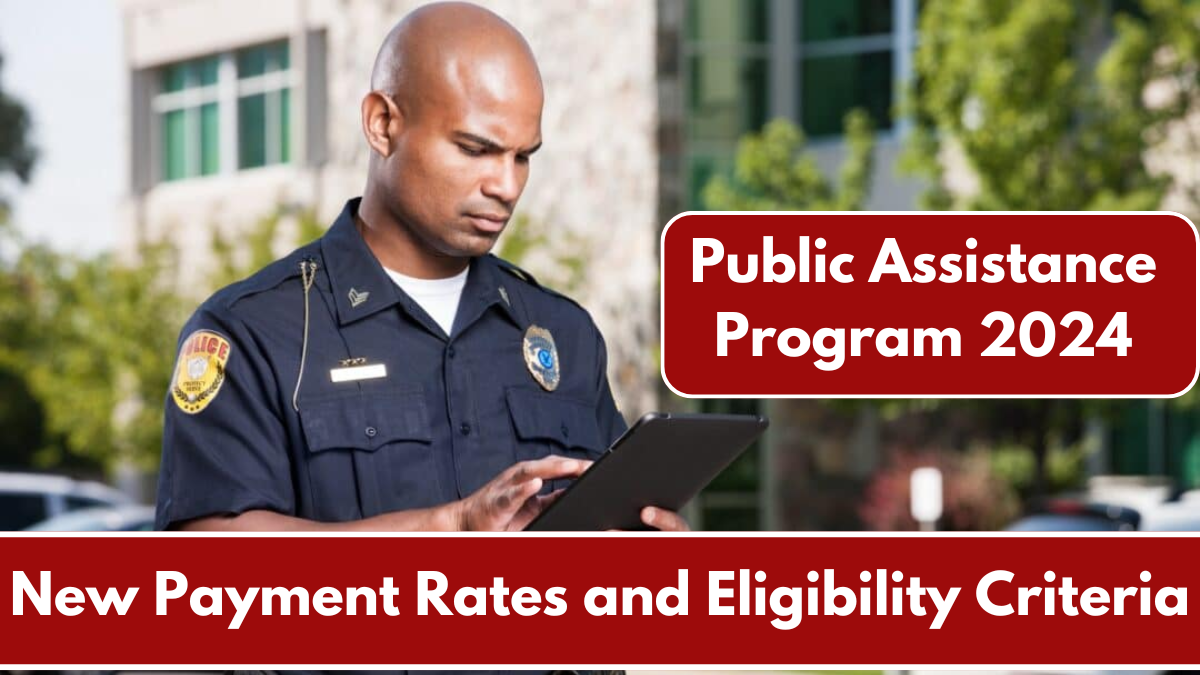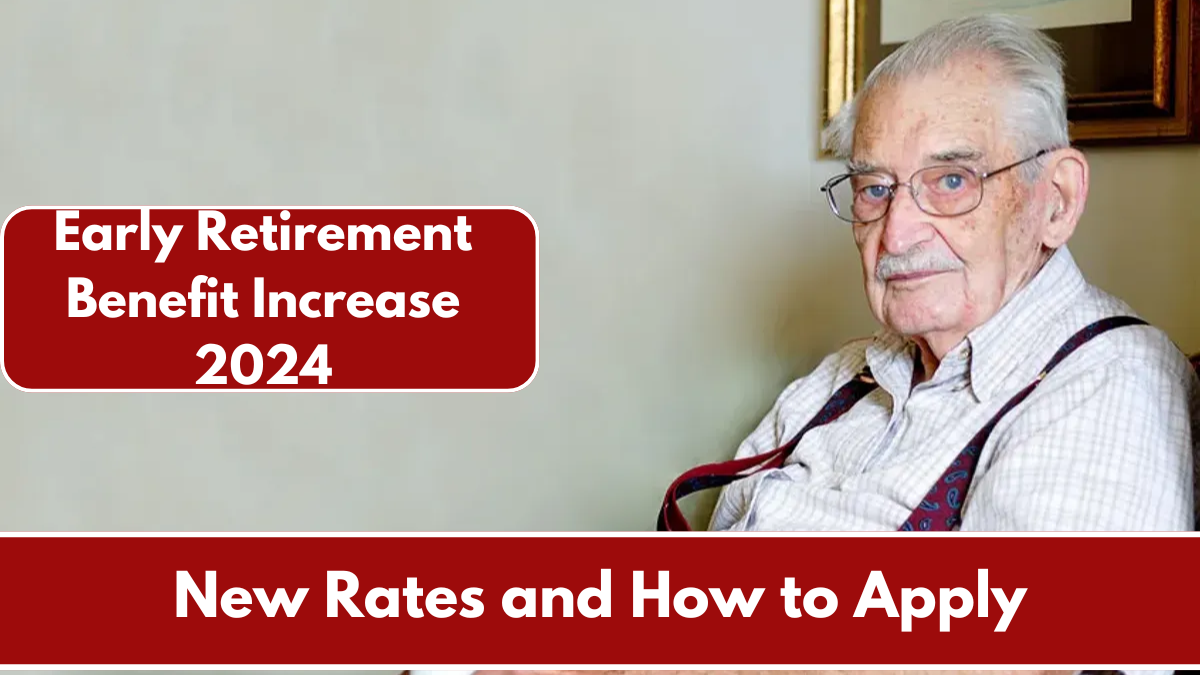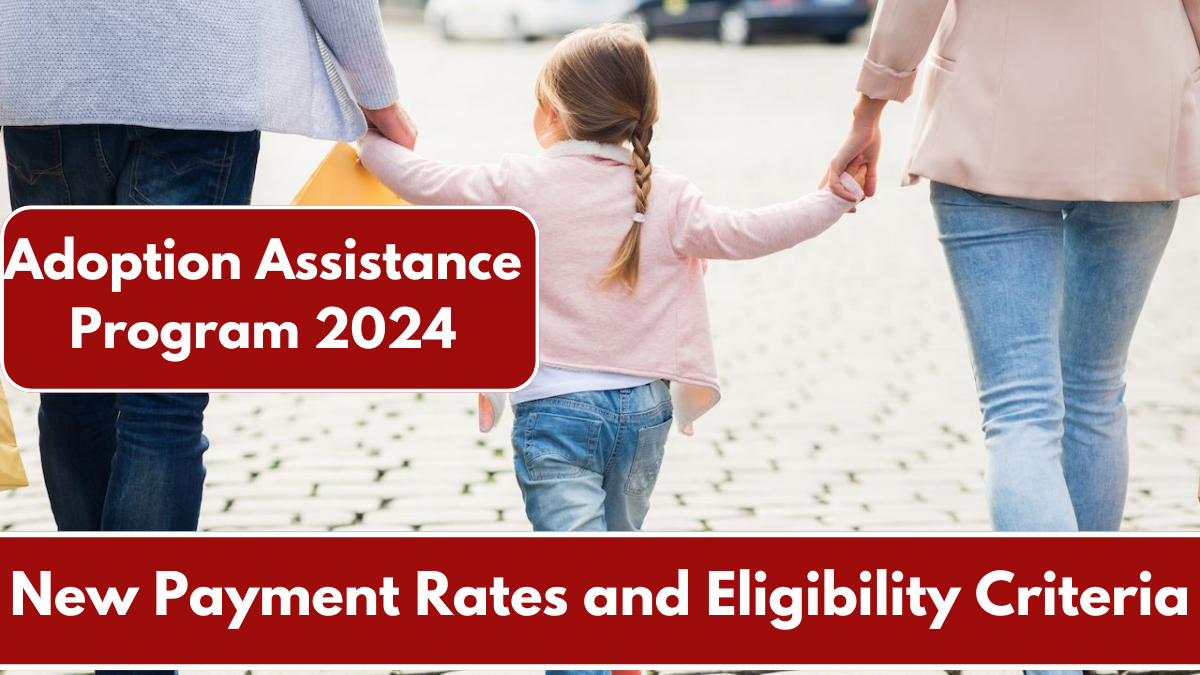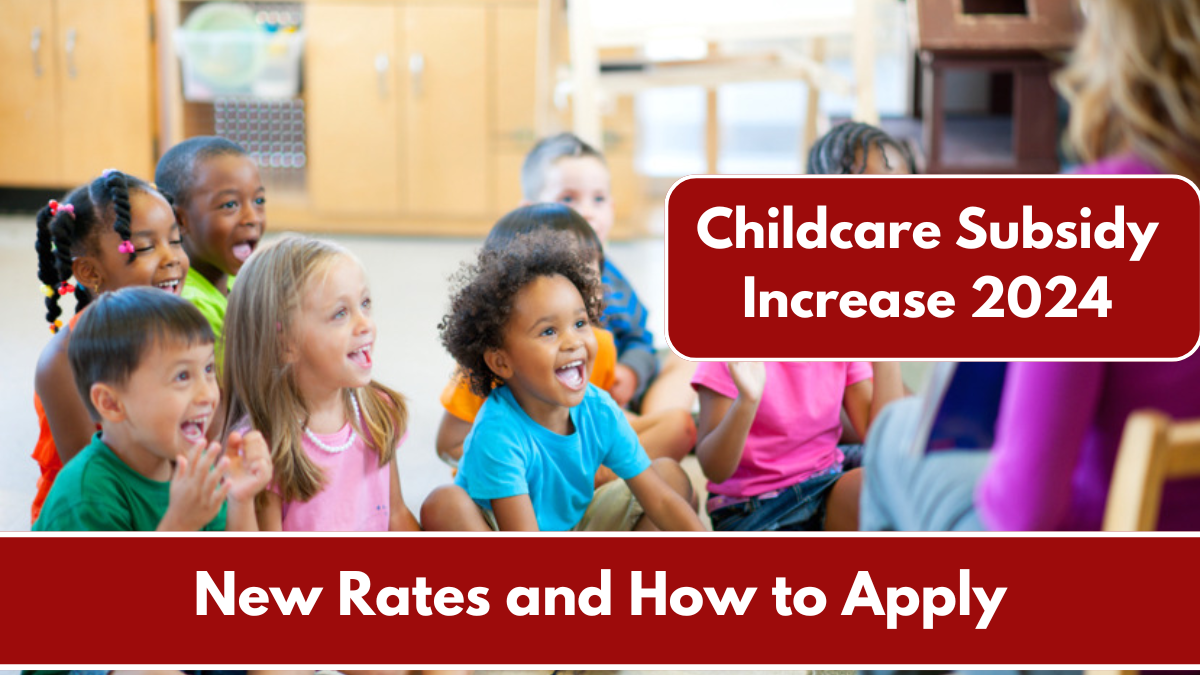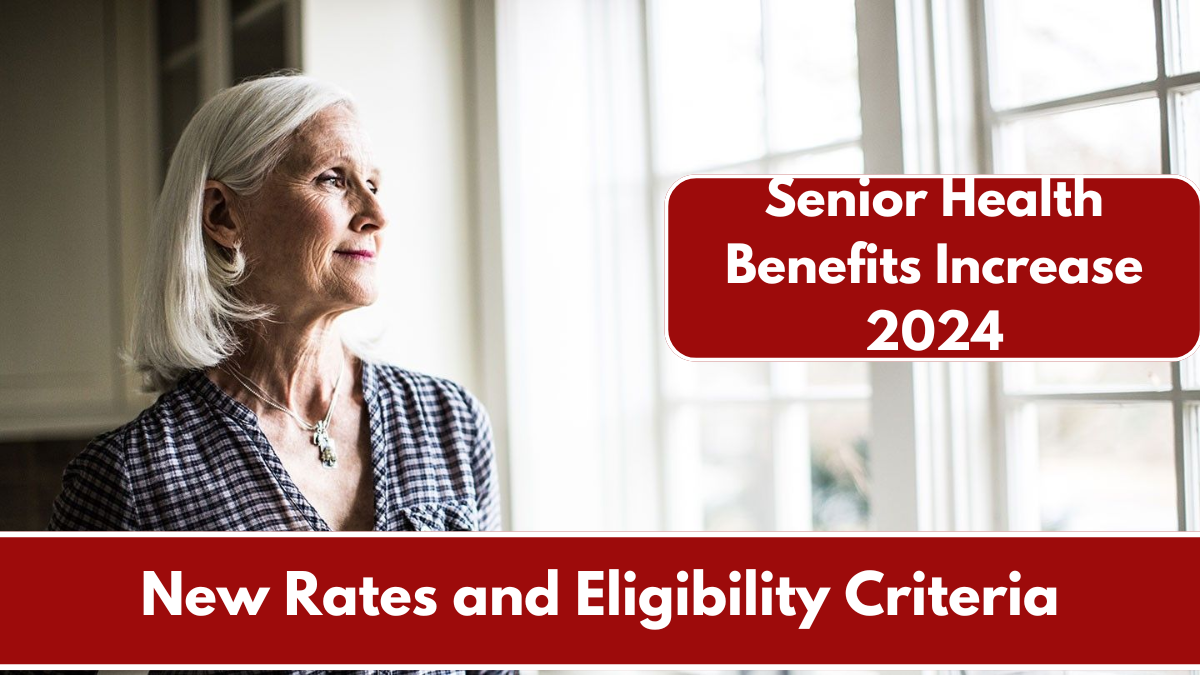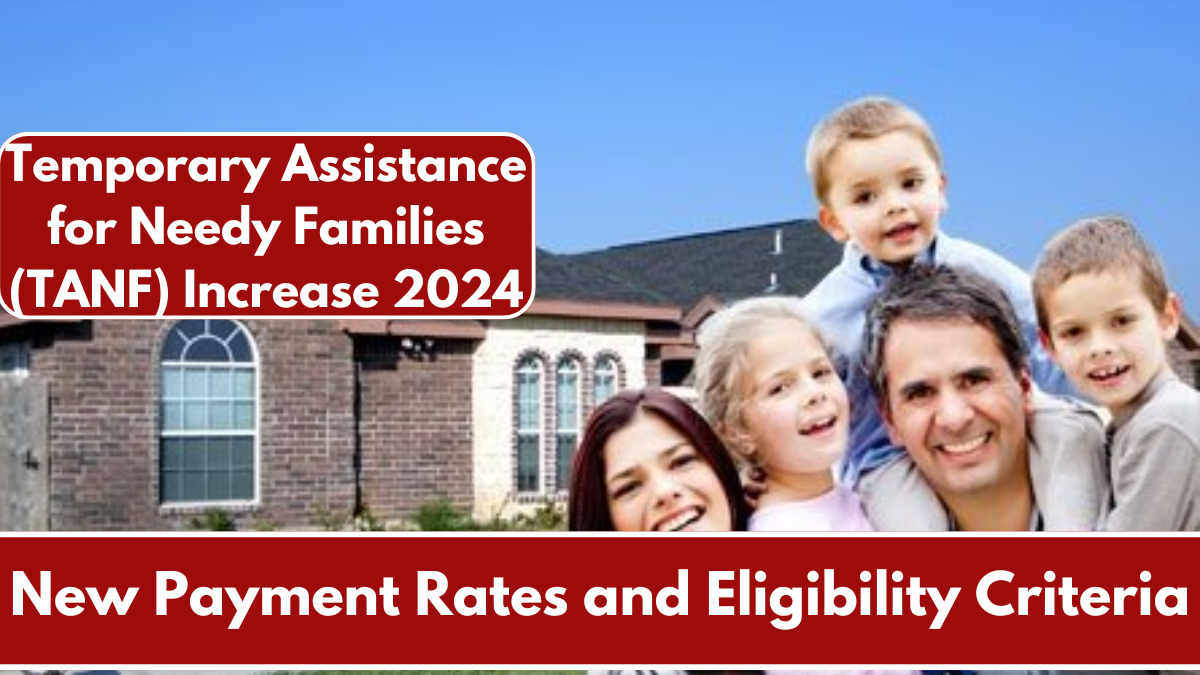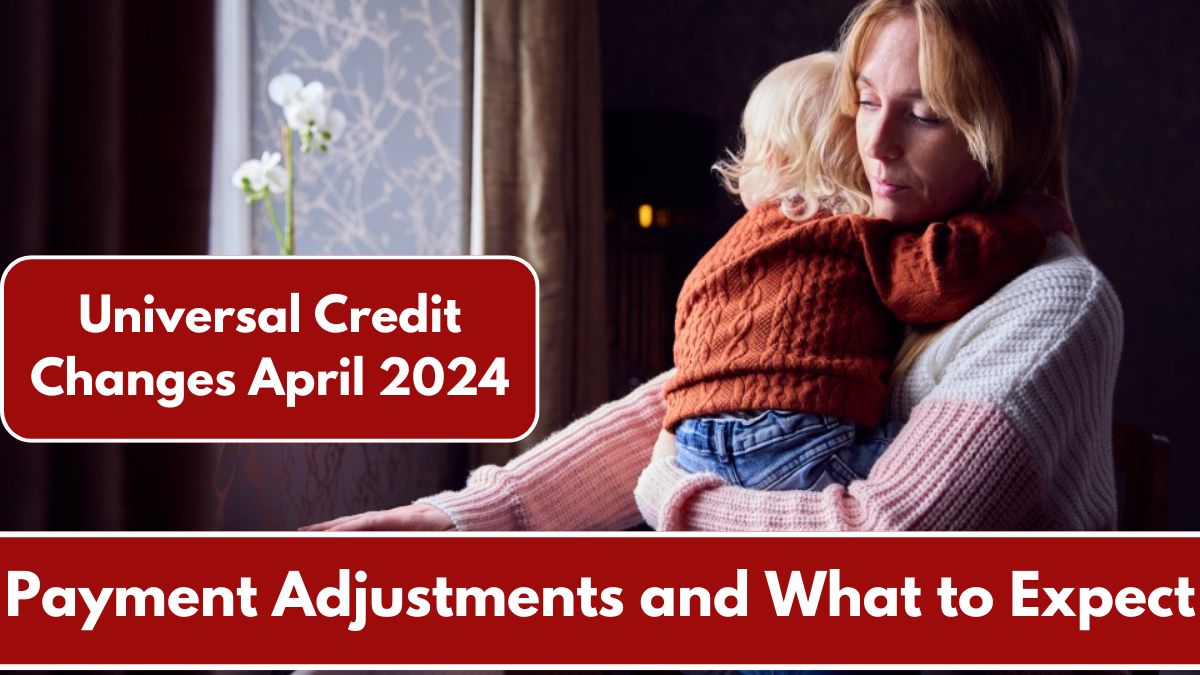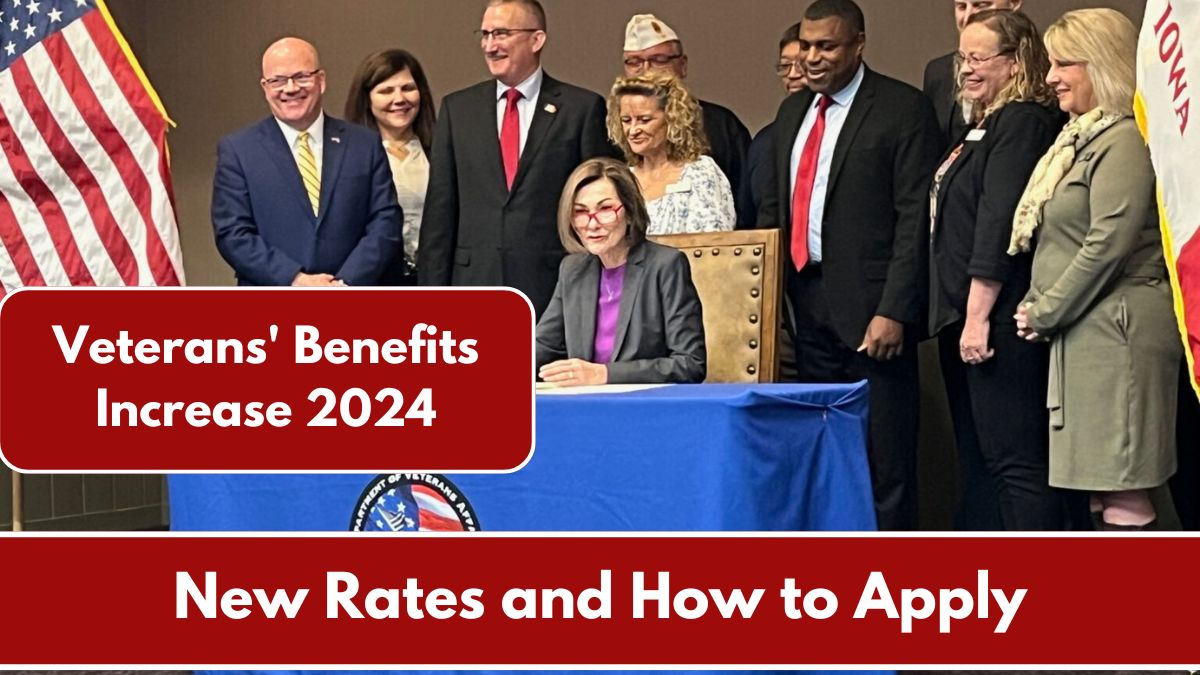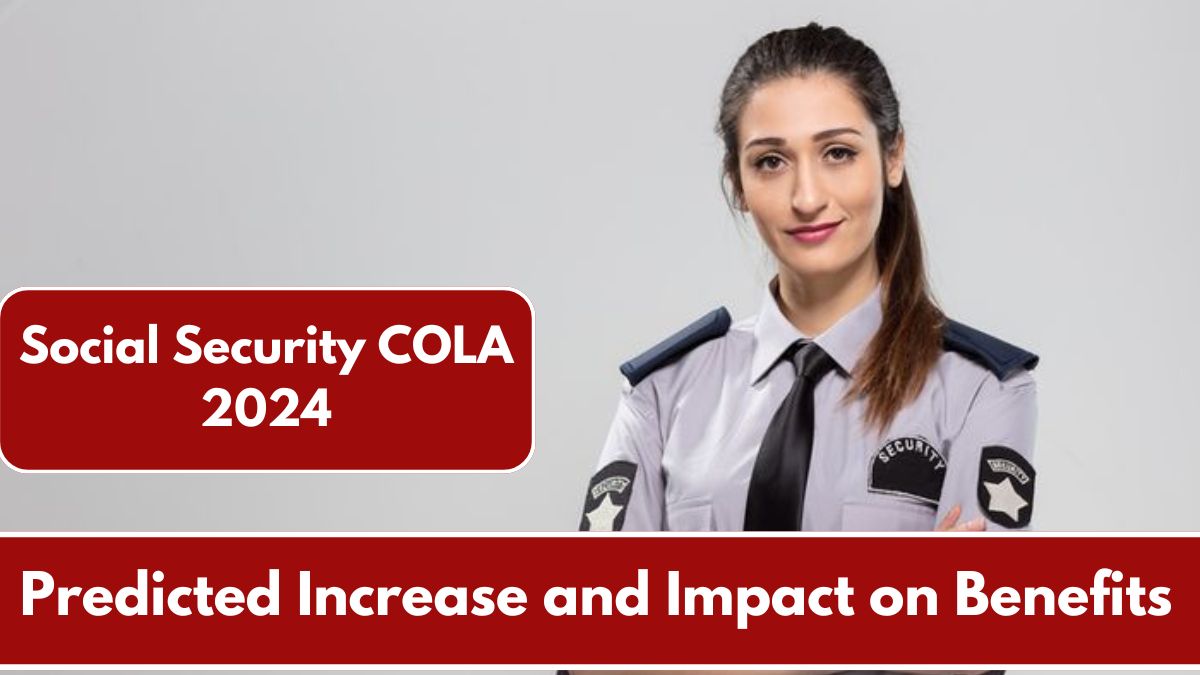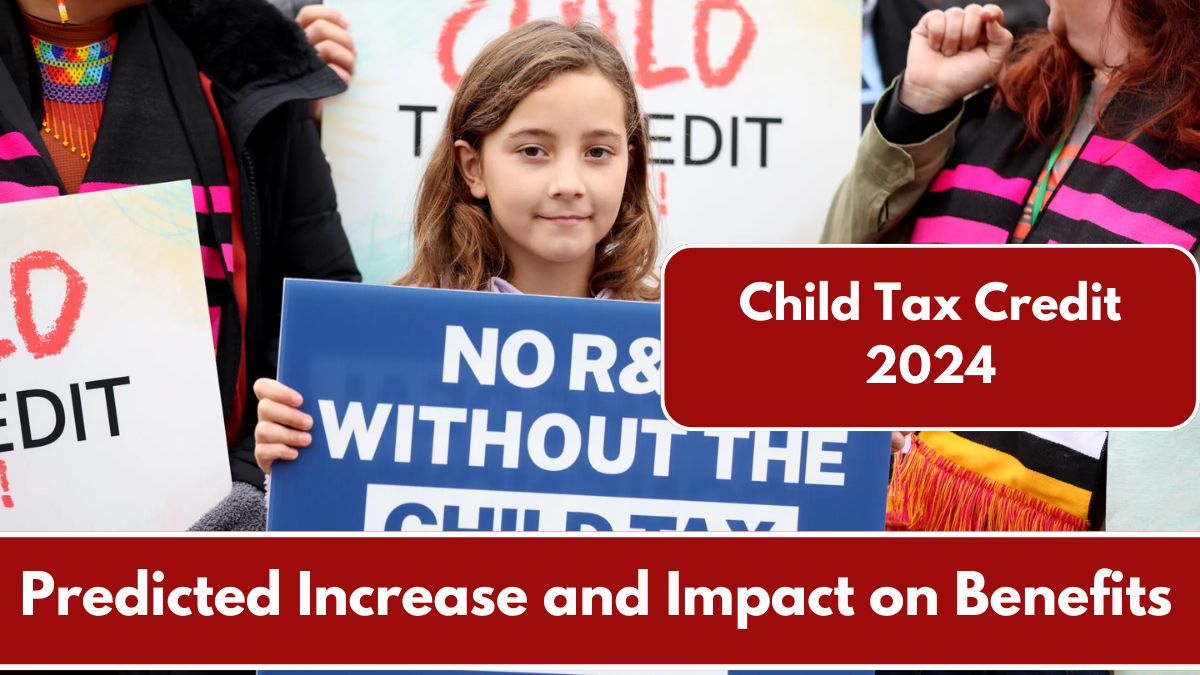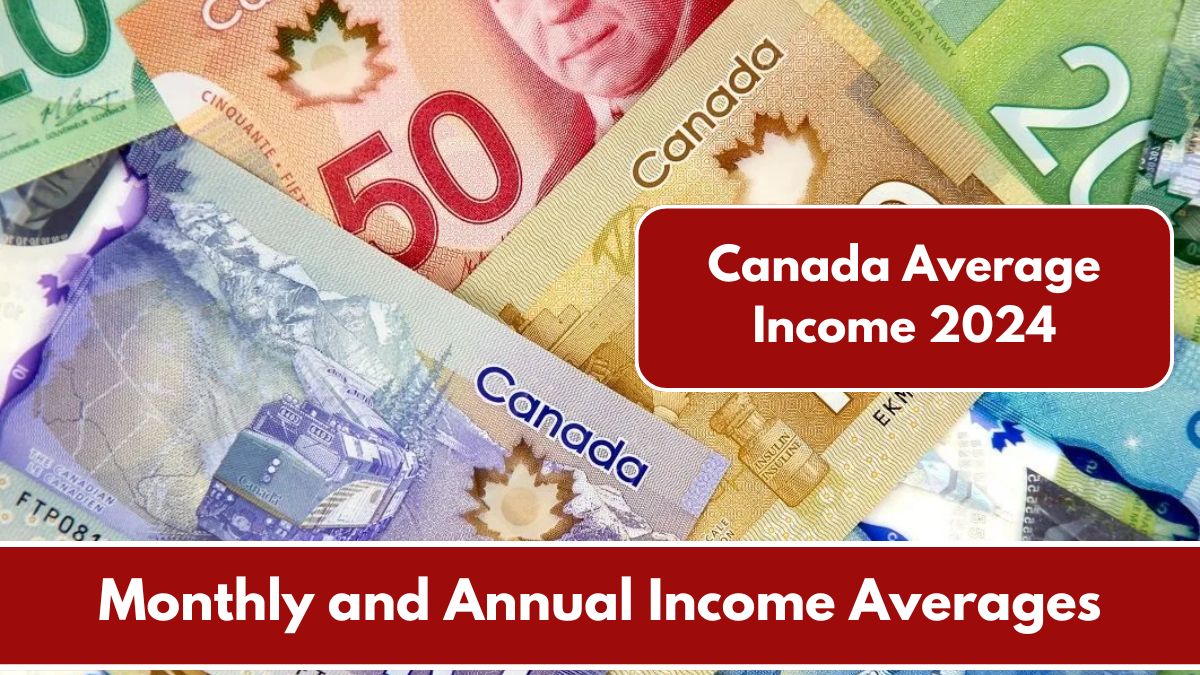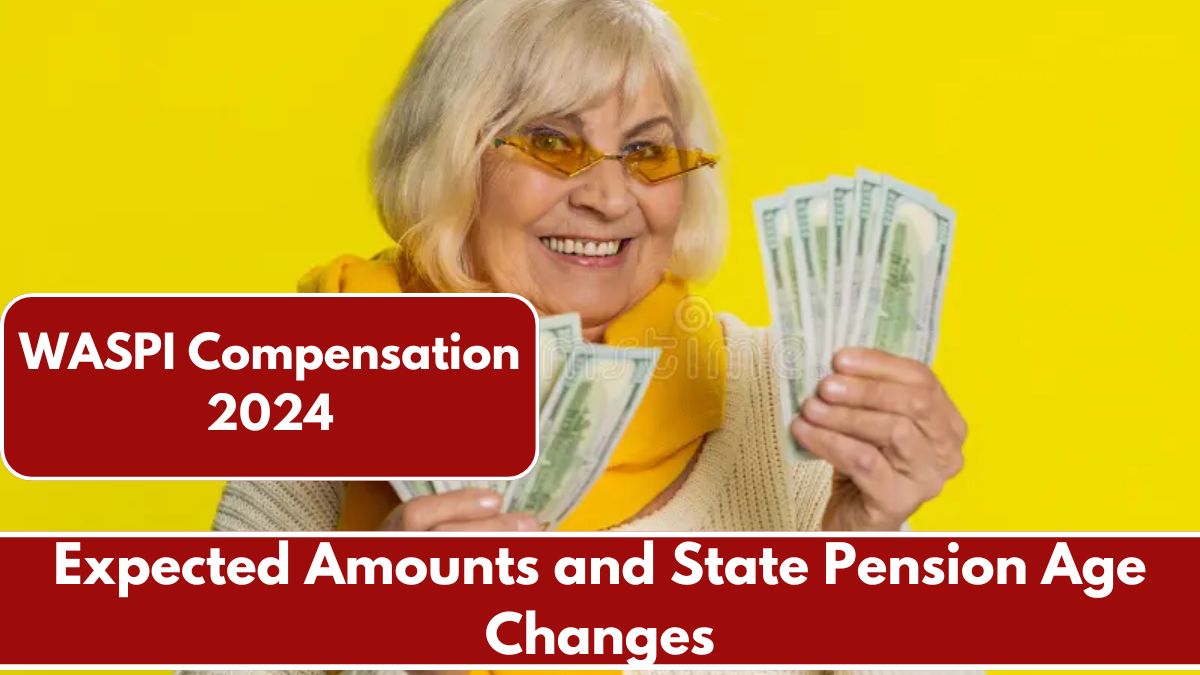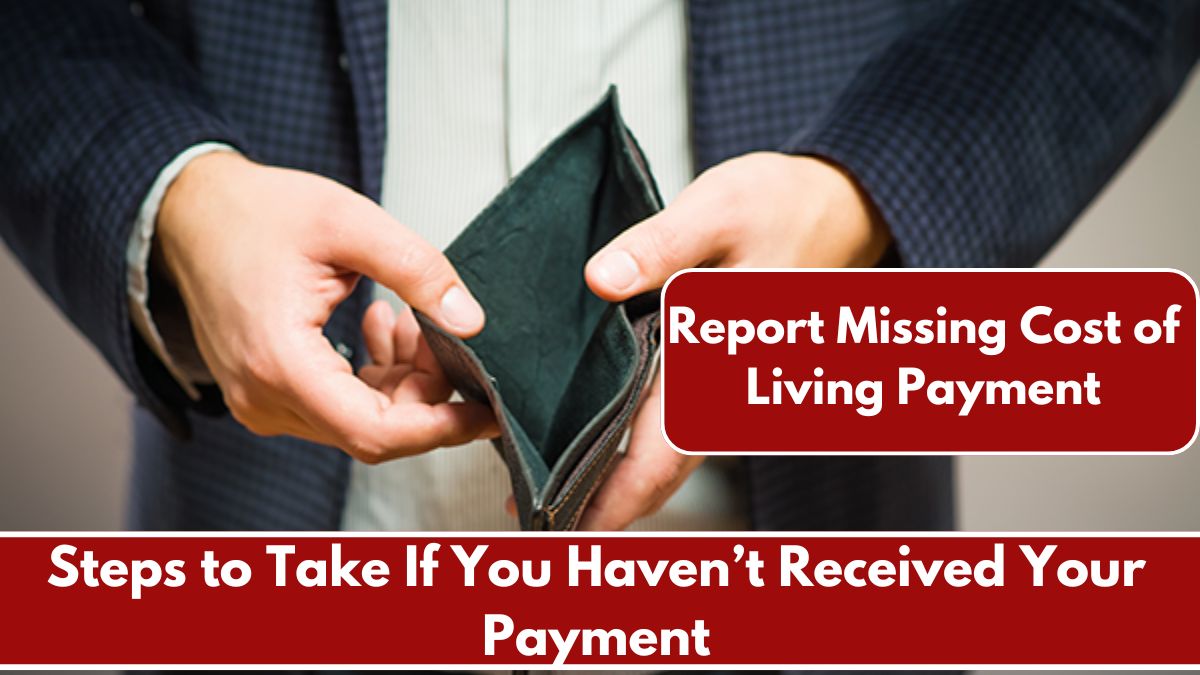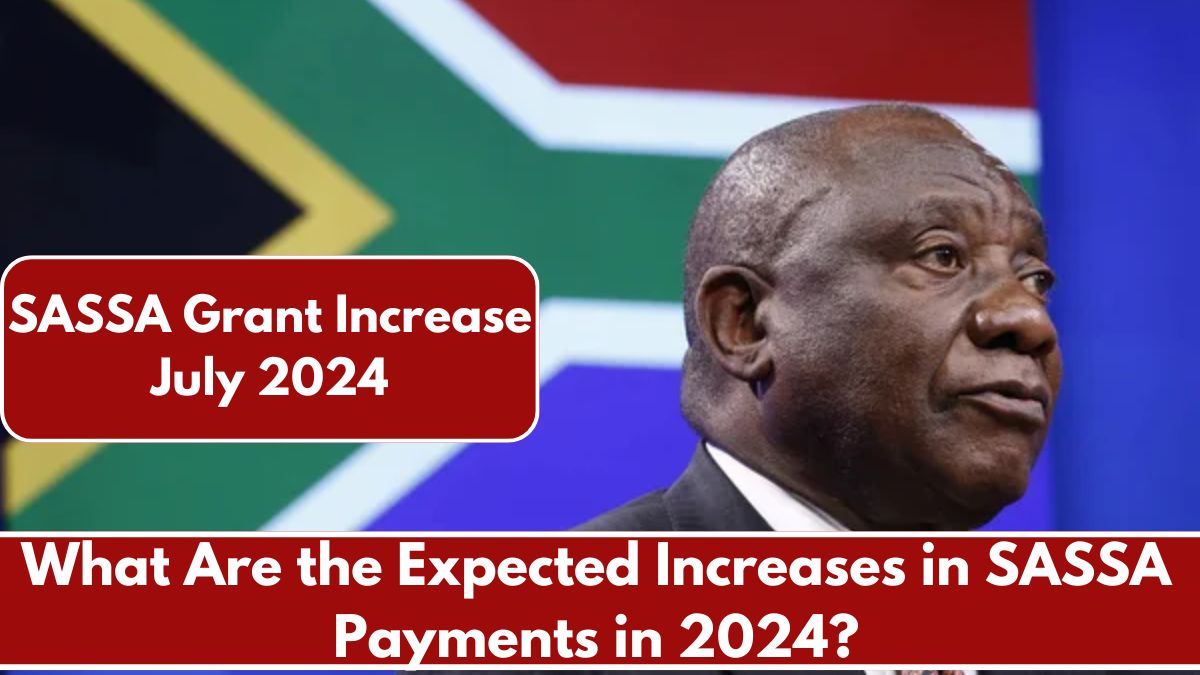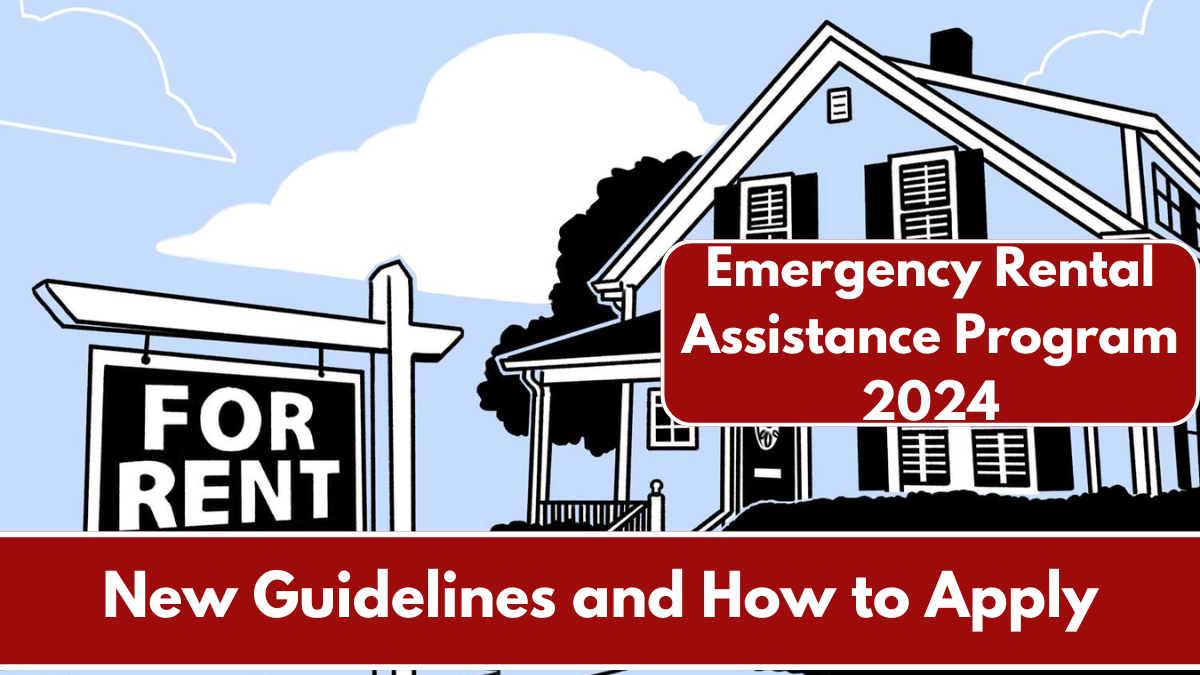Introduction:
As we move into 2024, the Public Assistance Program has introduced updates to payment rates and eligibility criteria to better support individuals and families in need. These changes reflect adjustments for inflation and shifts in economic conditions, aiming to provide more effective assistance to those who rely on these vital resources. This article will detail the new payment rates, outline the updated eligibility requirements, and guide you through the application process for the Public Assistance Program.
Overview of 2024 Public Assistance Payment Rates
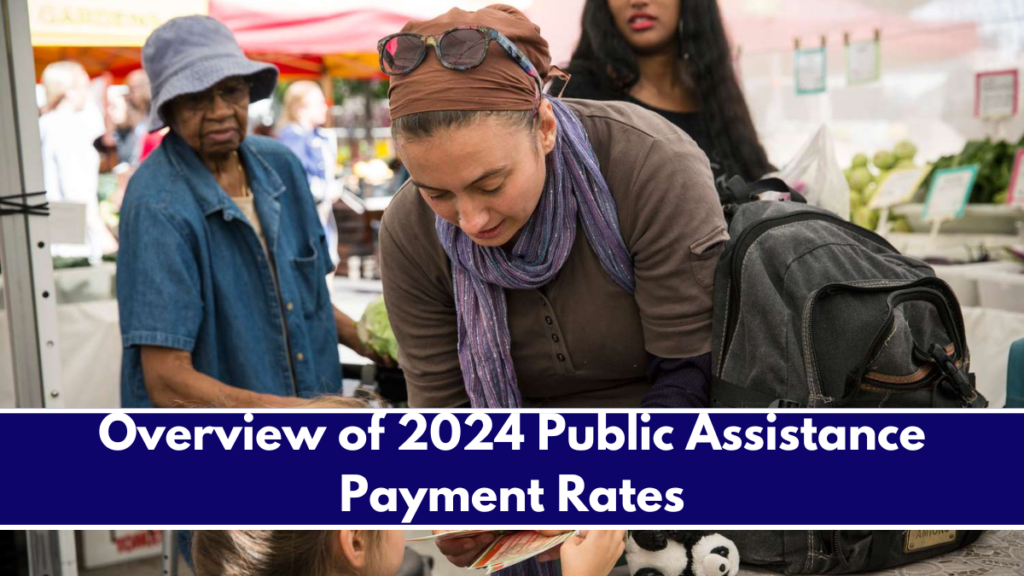
The Public Assistance Program provides financial aid to low-income individuals and families to help with essential needs such as food, housing, and utilities. For 2024, the program has adjusted payment rates to align with rising costs of living. These updates ensure that assistance levels remain adequate to cover basic needs.
Below is a table summarizing the new payment rates for various types of public assistance:
| Type of Assistance | 2023 Payment Rate | 2024 Payment Rate | Percentage Increase |
|---|---|---|---|
| Monthly Cash Assistance (Single) | $600/month | $650/month | 8.3% |
| Monthly Cash Assistance (Family of 4) | $1,200/month | $1,300/month | 8.3% |
| Food Stamps (Per Person) | $250/month | $270/month | 8.0% |
| Utility Assistance (Household) | $150/month | $165/month | 10.0% |
| Housing Assistance (Voucher) | $1,000/month | $1,100/month | 10.0% |
These updates are intended to provide more substantial support to those facing financial hardships, ensuring that public assistance keeps pace with the cost of living.
Eligibility Criteria for Public Assistance in 2024
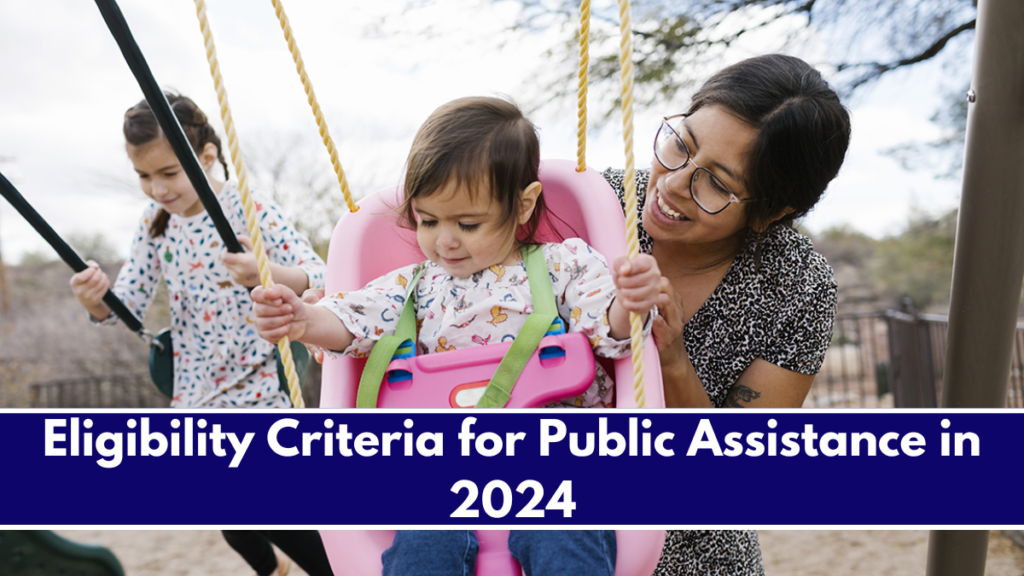
Eligibility for the Public Assistance Program is based on several factors, including income, household size, and other criteria. Here’s what you need to know to determine if you qualify:
- Income Limits: To qualify for public assistance, your household income must be below a specified percentage of the Federal Poverty Level (FPL). For 2024, this is typically 130% of the FPL, though specific thresholds may vary by state and type of assistance.
- Household Size: The amount of assistance and eligibility criteria are adjusted based on household size. Larger households generally qualify for higher levels of support.
- Citizenship and Residency: Applicants must be U.S. citizens or legal residents. Some programs may have additional requirements regarding residency status.
- Work Requirements: Certain types of assistance may require that applicants meet work or job search requirements, particularly for able-bodied adults. Exceptions may apply based on specific circumstances, such as disability or caregiving responsibilities.
- Other Criteria: Eligibility may also depend on other factors such as disability status, age, or emergency situations. Each type of assistance may have specific requirements, so it’s important to review the details for each program.
How to Apply for Public Assistance in 2024
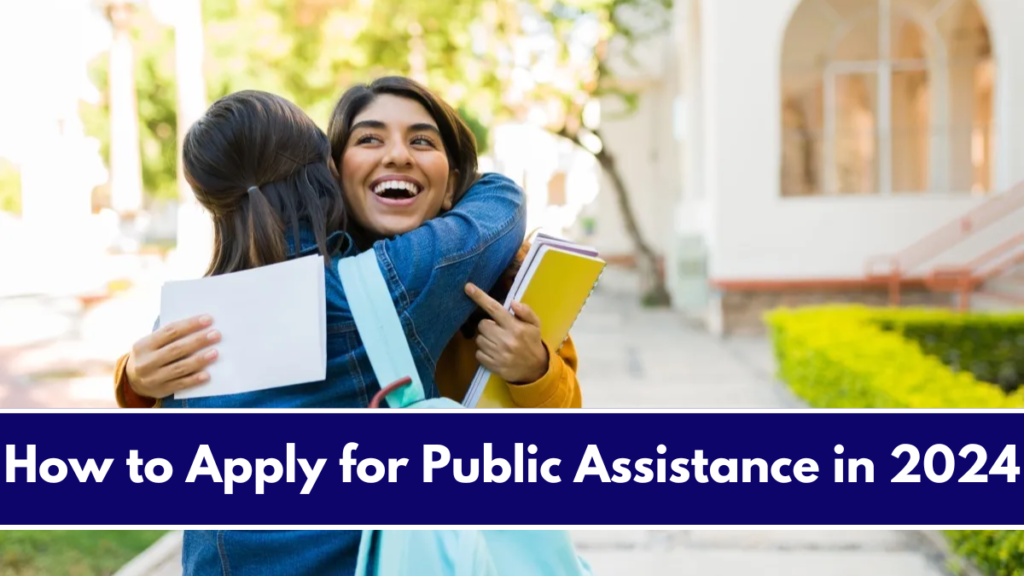
Applying for public assistance involves several steps. Here’s a guide to help you through the process:
- Determine Eligibility: Check the eligibility criteria for the specific type of assistance you need. You can use online eligibility calculators or contact your local assistance office for guidance.
- Gather Documentation: Prepare the necessary documents, such as proof of income (pay stubs, tax returns), identification (driver’s license, Social Security card), and documentation of household size and expenses.
- Complete the Application: Applications can be submitted online through state or local government websites, by mail, or in person at your local assistance office. Ensure that all required information is provided to avoid delays.
- Submit Documentation: Along with your application, submit all required documents. Missing or incomplete information can lead to processing delays or denial of assistance.
- Follow Up: After submission, monitor the status of your application. If approved, you will receive information on how to access your benefits. If denied, you have the right to appeal the decision.
Conclusion:
The updates to the Public Assistance Program for 2024 are designed to better meet the needs of low-income individuals and families by increasing payment rates and refining eligibility criteria. These changes reflect a commitment to keeping assistance in line with the rising cost of living and ensuring that those in need receive adequate support. By understanding the new payment rates and following the application guidelines, you can effectively access the resources available to help manage essential needs. Staying informed and prepared will enable you to navigate the public assistance process more smoothly and benefit from the updated program provisions.
FAQ’s:
Q1. What types of assistance are available under the Public Assistance Program?
The Public Assistance Program offers various types of aid, including cash assistance, food stamps, utility assistance, and housing vouchers. The specific types of assistance available may vary depending on your location and individual needs.
Q2. How do I know if I qualify for public assistance?
Eligibility is determined based on income, household size, and other criteria. You can check your eligibility using online calculators or by contacting your local assistance office for more detailed information.
Q3. What should I do if my application for public assistance is denied?
If your application is denied, you can appeal the decision. The denial letter will include instructions on how to file an appeal. Ensure that you address any issues or missing information that may have led to the denial.
Q4. Can I apply for multiple types of assistance at once?
Yes, you can apply for multiple types of assistance simultaneously. However, each type of assistance may have its own application process and eligibility requirements. Be sure to follow the guidelines for each program you are applying for.
Q5. How often are public assistance payment rates adjusted?
Payment rates for public assistance are typically adjusted annually to account for inflation and changes in the cost of living. These adjustments help ensure that the assistance provided remains adequate to meet basic needs.

